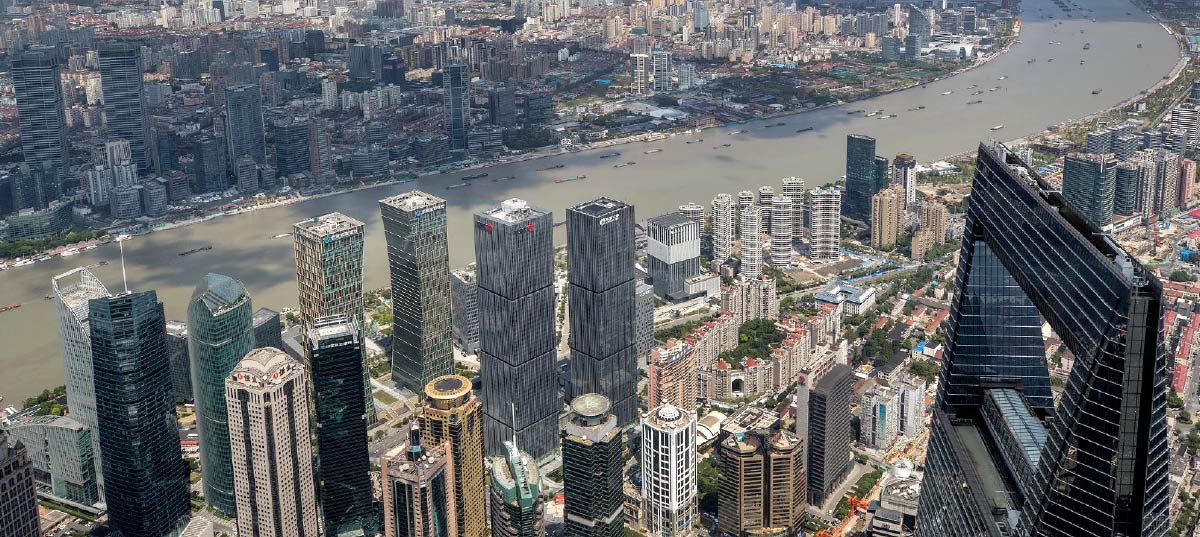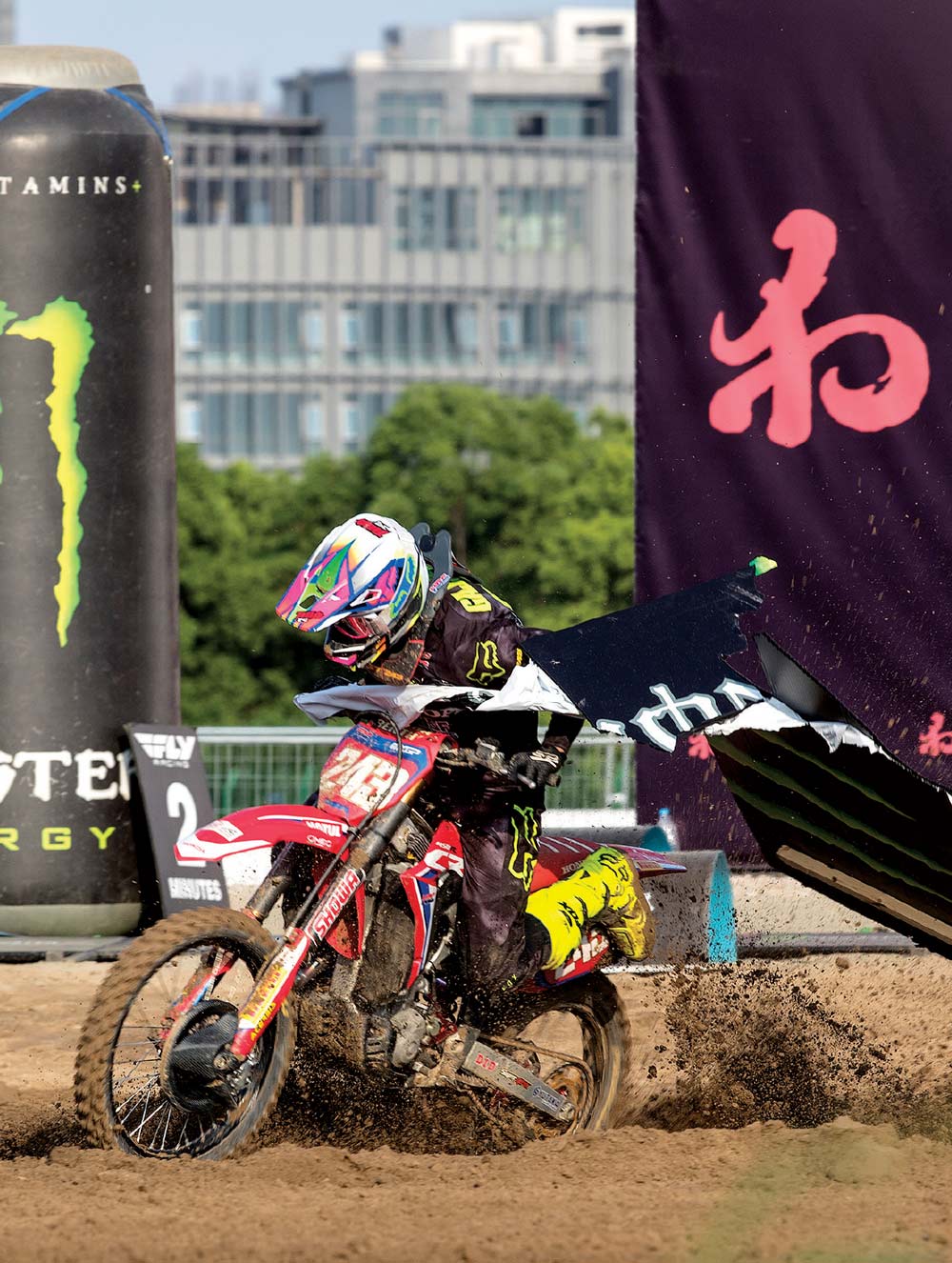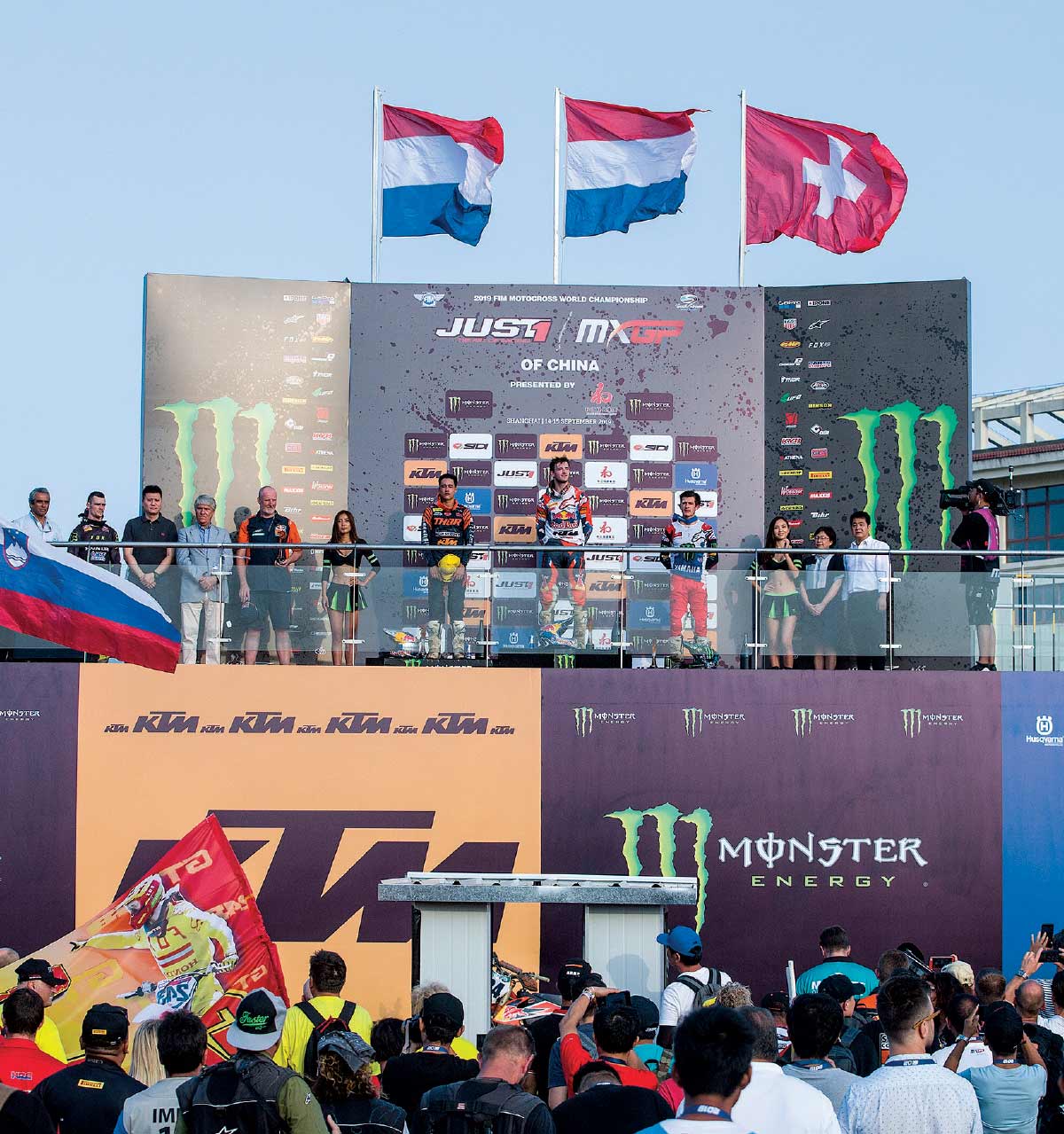
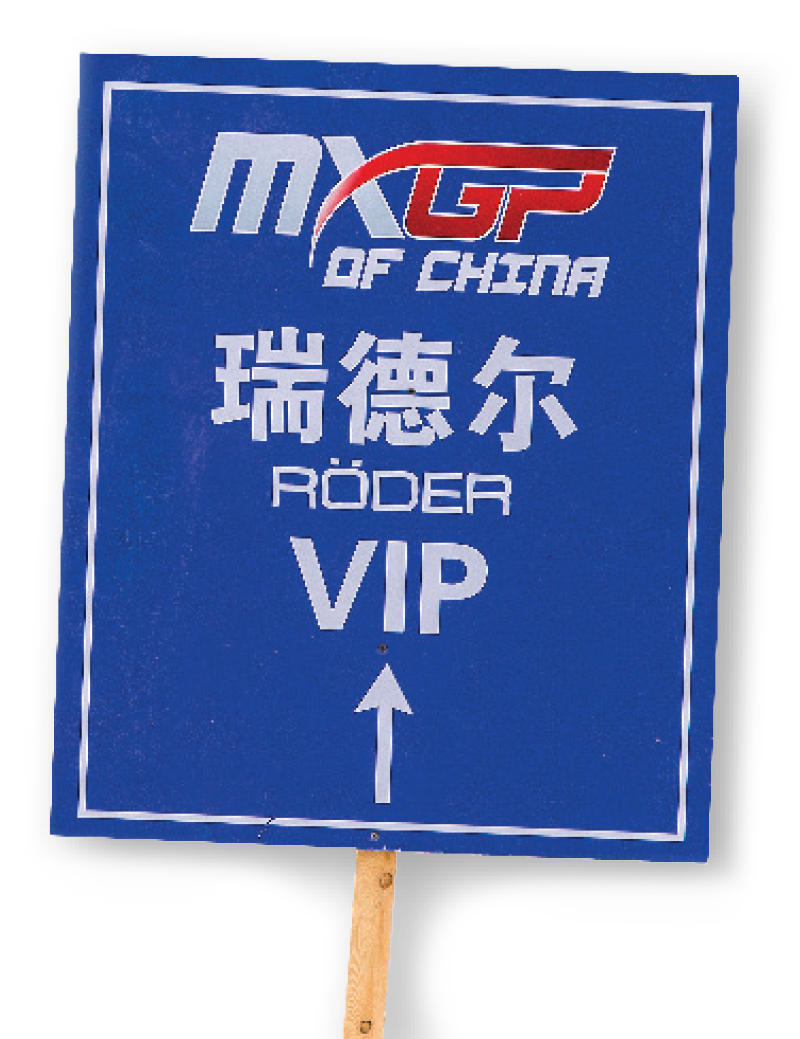

PHOTOS: RAY ARCHER
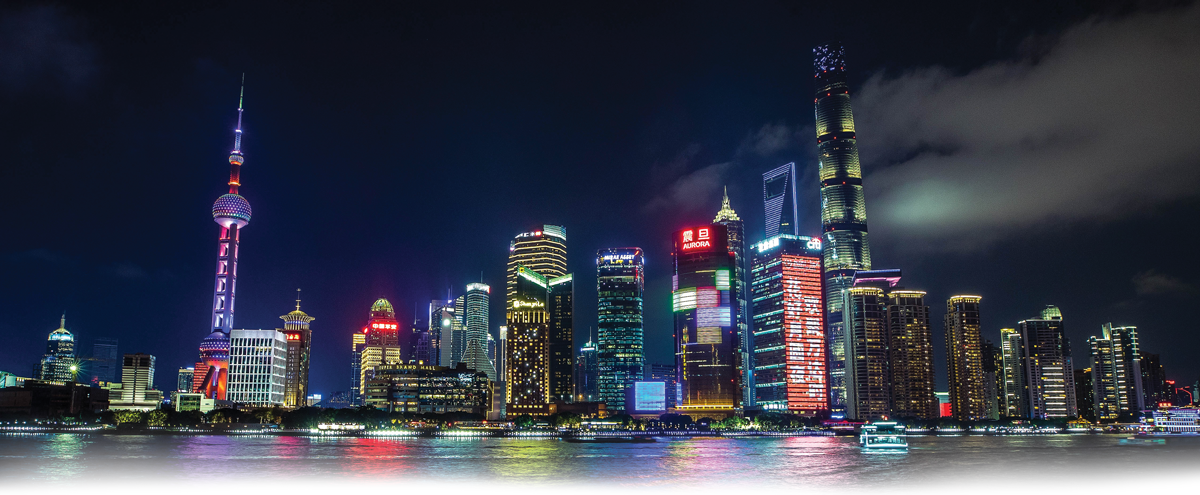



PHOTOS: RAY ARCHER




PHOTOS: RAY ARCHER

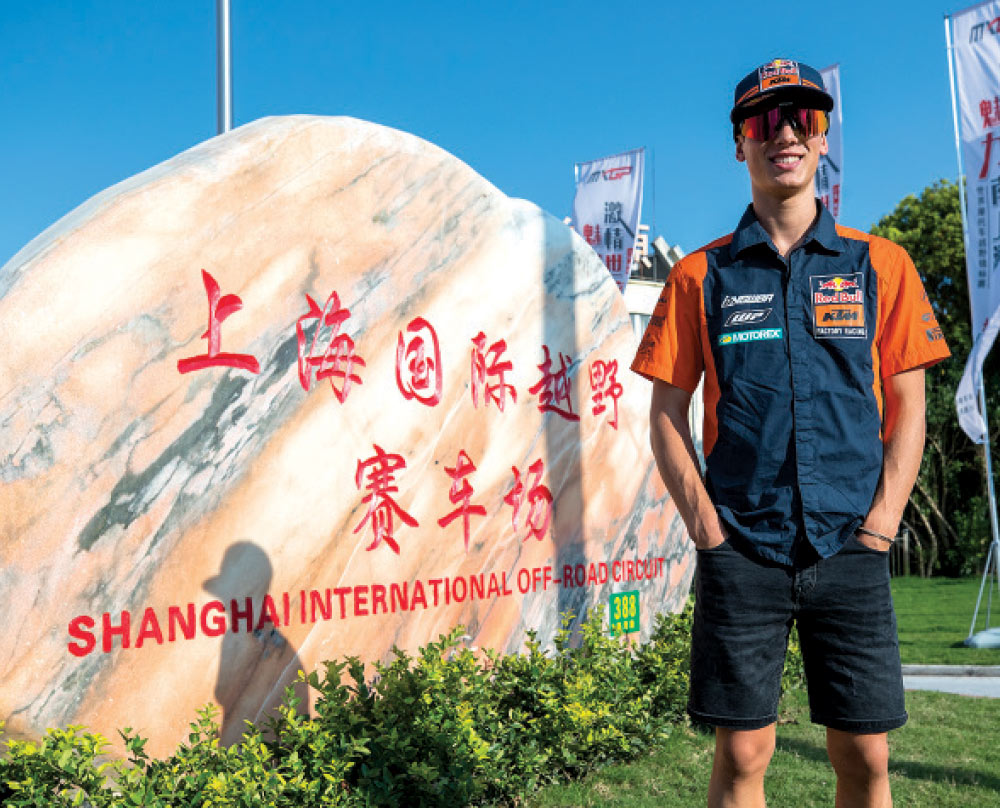
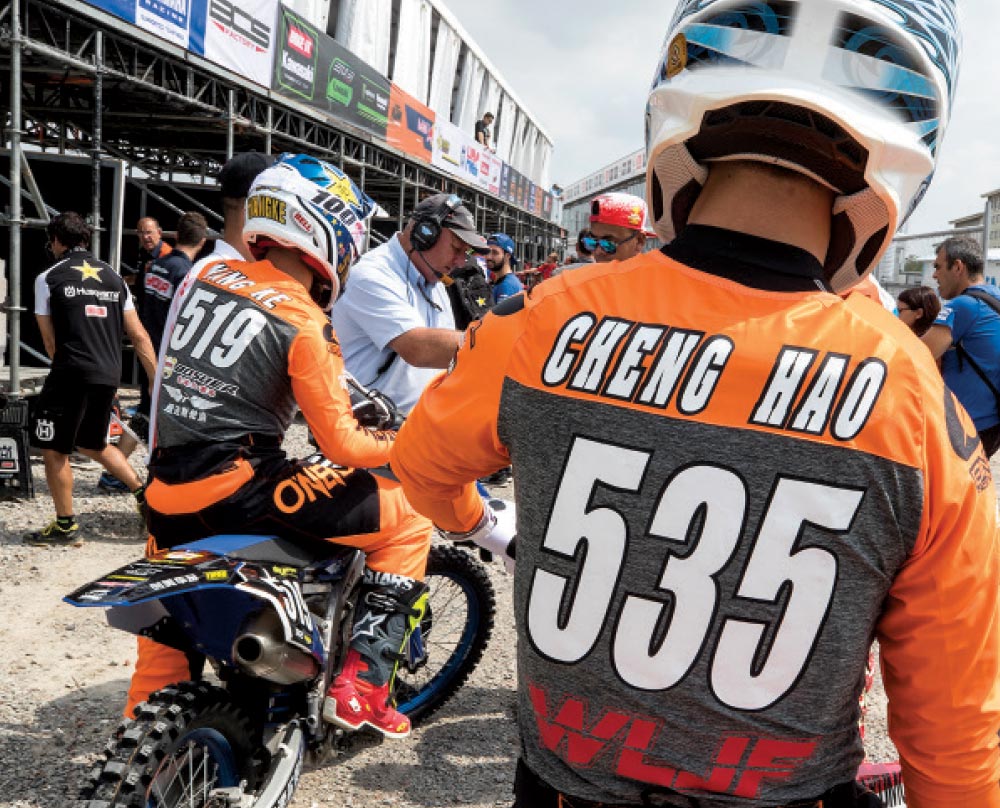
hen I saw the first of many renditions of the 2019 MXGP schedule, the spring Chinese rounds in Shanghai and Hong Kong jumped off the page. I had been in preliminary talks to help Paul Malin with television commentary at a few events, so I was immediately interested in a trip to a place I’d never been, also knowing that the rest of the motocross world would be watching. With prior commitments to Monster Energy AMA Supercross, it was going to be a whirlwind trip from East Rutherford, New Jersey, to Shanghai for the Wednesday race date (it was a Chinese holiday) and then straight back to Las Vegas for the SX finale. I was up for the challenge and had my travel booked when news broke several weeks out that torrential rains had delayed the venue’s availability. The Shanghai event would be moved to September, while the Hong Kong race would be pushed to 2020. Needless to say, I had some serious rearranging to do, but I was undeterred from seeing this Chinese adventure through.
As summer arrived, preparations for the trip were well underway. Flying to China isn’t as easy as a weekend trip to, say, Cabo, or even Calcutta for the matter. China requires a visa to enter, but even that is more difficult than other visa-applicable countries. First, a formal invitation must be procured from China. Once that is received, several forms need to be filled out months in advance covering background, business interests, education, and more. My passport was then shipped off into the Chinese bureaucracy, along with a few hundred dollars for good measure. It’s a tedious process, and since I was traveling back and forth to Europe twice mid-summer, too, I was more than nervous about the tight timelines. I was luckily able to get my paperwork in order, receive my passport with visa included, and find myself inside a Delta jet headed to the Far East with time to spare.
As for the series regulars, Youthstream, the promotional company that manages and organizes the FIM Motocross World Championship, has a travel department (more or less) that helps get the top 20 riders in points and their crews from their bases in Europe to fly-away races in far-off lands like Qatar, Argentina, and Indonesia. But it’s neither cheap nor easy to move an army of motocrossers around the planet like that.
Upon arriving in China, I stepped off the plane and was smacked in the face by a dose of Shanghai humidity. I had been flying for 20 hours or so, and with the 14-hour time difference, my body couldn’t make heads or tails of what my eyes were seeing. The sun was going down with my 6 p.m. arrival, but my body clock felt like it was 4 a.m. back home in Boise. I was exhausted—I was sure of that—but still needed to navigate Chinese customs, find a taxi, and soldier through an hour drive to the welcoming Courtyard by Marriott. At around 8 p.m. local time, I finally found a place to lay my head. I was in China—I was almost positive of that—but everything else was a complete blur.



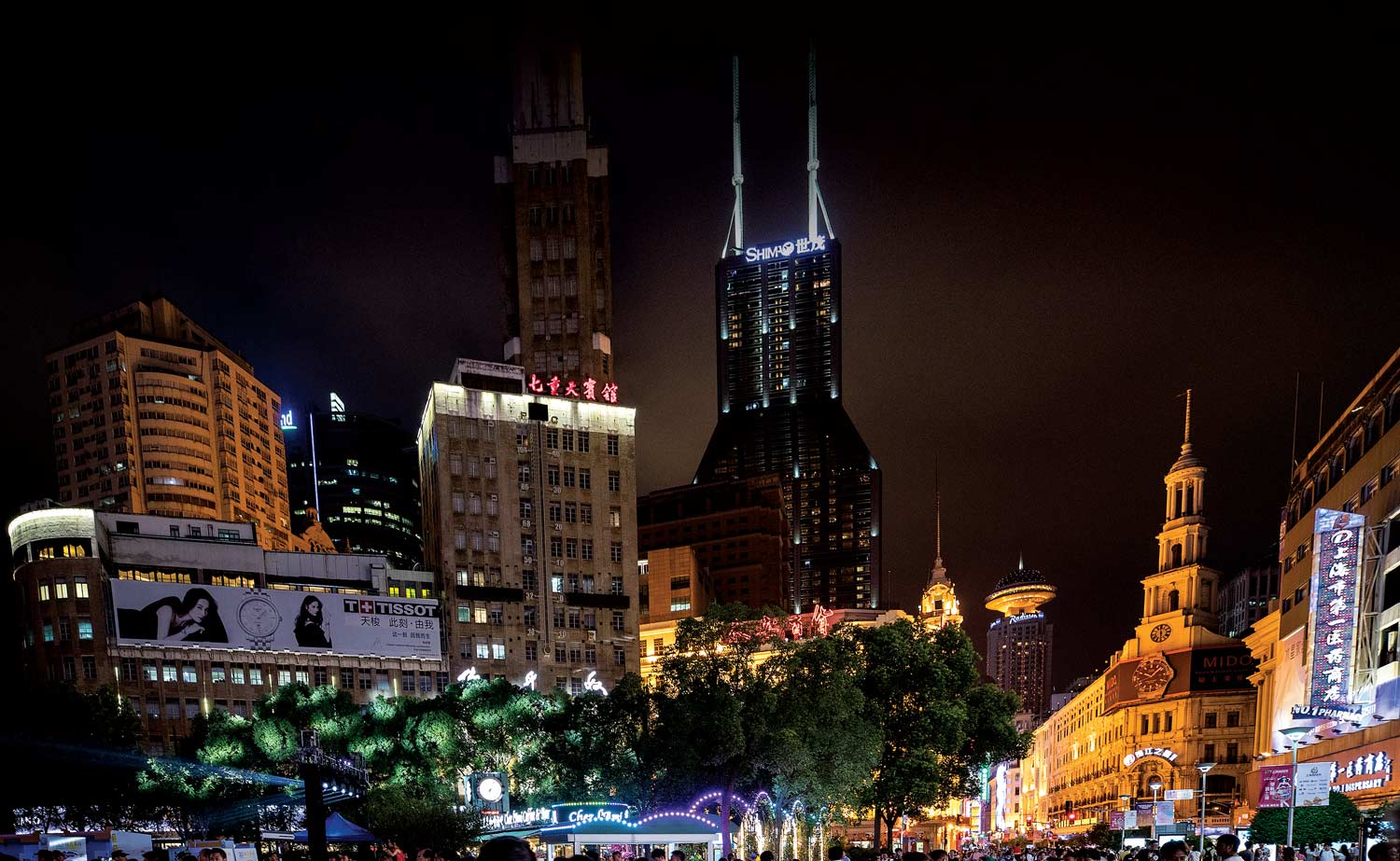



haking off jet lag as best I could, I made my way to the Shanghai International Off-Road Circuit. While I think that title was just created for our arrival, the track was more impressive than I expected, with a mix of clay and sand creating a sticky, soft mix for opening practices. Entering the event, everyone wondered exactly what level of professionalism to expect from the track layout, dirt composition, facilities, and organization. As far as the track goes, they hit a home run. Okay, there was no elevation to work with, but they did move monumental amounts of dirt to create a semblance of variation. Purists could say there were too many jumps, but I didn’t find it to be that way. I thought it was a great first offering. Taking into consideration the other fringe tracks in Indonesia, Thailand, and Turkey, I think Shanghai would be considered a step above.
The facilities were another big question mark heading into the race. The park was certainly not originally planned for motocross races, so several temporary buildings needed to be erected. The paddock area, VIP structures, media center, bleachers, and organizational infrastructure all had to be specially constructed for this event. It wasn’t the Taj Mahal, or even Daytona International Speedway, but considering there was literally nothing on-site to begin with, they pulled things off quite nicely.
As for the execution, things went off without a hitch. There were more Chinese officials, workers, and volunteers than I could fathom. It was evident that the Chinese reputation was at stake with this first-time international event, so they took no chances. In fact, there was security staff at every turn. The roads surrounding the event were completely closed to traffic, and we were escorted into and out of the facilities. Most of the extra staff seemed to be waiting for anything and everything that might potentially need doing. It was an over-the-top effort, and very appreciated, considering how helpless most of us were. We were afraid we would be unable to easily find basics like bottled water, lunch, and even taxis. The organizers were up to every need. Shuttle buses ran like Swiss watches, water bottles were everywhere, and lunch was even provided at the media center. With the language barrier so isolating, it was a huge relief to have that level of support.
ake no mistake, China is a very different world. I have been to around 40 countries, and China is undoubtedly the furthest step away from western life I’ve encountered. Shanghai proper was impressively modernized, but the farther away you travel, the less convenience and familiarity you find. China is a land of contrasts: futuristic technologies and bullet trains, but also Old World society and repressive ideology.
The first roadblock everyone runs into when landing in mainland China is “The Great Firewall.” The Chinese government blocks many popular websites, social media platforms, and even GPS maps. Instagram? Nope. Google? Nada. Facebook? Fat chance. If you want to find the closest McDonald’s to the hotel, I wish you the best of luck—unless you’ve found the wonderful world of VPN. Virtual Private Networks are a way to bypass government geo-tracking, which is in place to preserve that aforementioned repressive ideology. In short, it shows your IP address as originating anywhere in the world. So while my person was in the Fengxian District of Shanghai, my iPhone and all things cellular showed up as being in Kansas City throughout my Chinese foray. The VPN battle is a constantly evolving one, as both sides continue to up the technological ante, but for an American simply trying to stay in the loop, it was a godsend.
As someone who has traveled extensively to Europe (somewhere around 150 visits), it’s a big help that English is the universal language for foreigners. Most EU citizens speak passable English and can help in a pinch. Again, China is not so convenient in this aspect. To make things worse, there is an entirely different concept of personal space in that part of the world. Strangers have no problem making actual physical contact while also talking so loudly you think they’re yelling at you. It’s a difficult thing to get used to, but it’s just a normal facet of culture there. So while I did find a Starbucks, that calming familiarity of Seattle’s finest was shattered by a gentleman who had no problem resting his arm on my back and screaming his order so loudly that I can still hear it if I close my eyes. Different world.
inally, the MXGP of China. There were two storylines throughout 2019 that came together for a sort of closure to the season: the injuries to many top MXGP challengers and the utter dominance of Spanish phenom Jorge Prado in the MX2 class. Before the series even started, reigning MXGP champion Jeffrey Herlings was out with a foot injury, and he would be followed by Antonio Cairoli, Clement Desalle, Romain Febvre, and more. Meanwhile, Prado was practically handed another MX2 crown before the series started, as the FIM’s under-23 restriction continued to push potential contenders up and out too early. Prado would win all but one of the rounds he entered, including Shanghai, with utter ease. Now it’s 18-year-old Prado who is being moved up to MXGP, as the FIM also has a one-and-done MX2 title defense rule.

